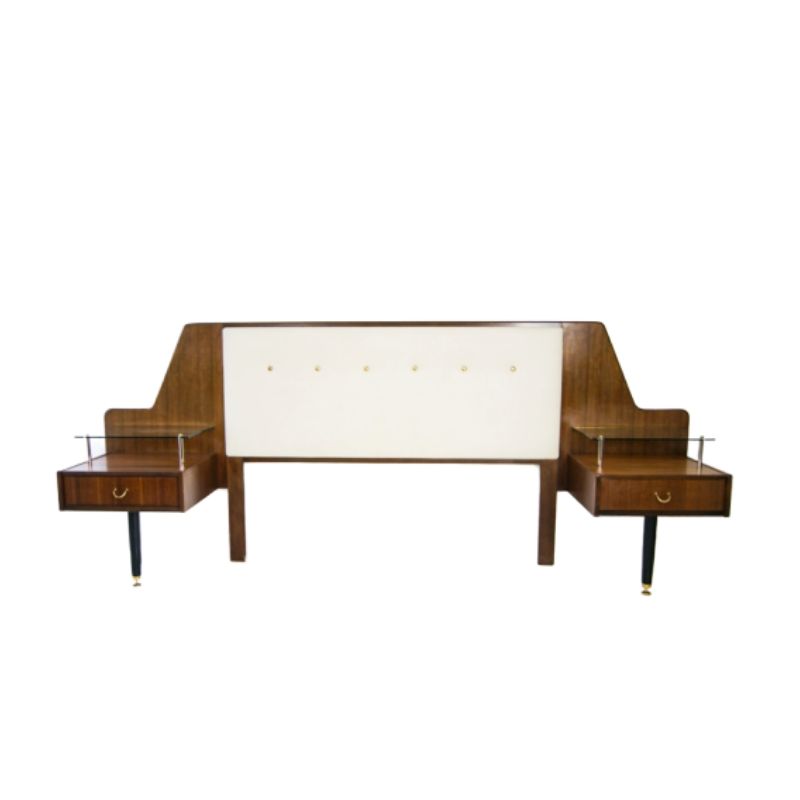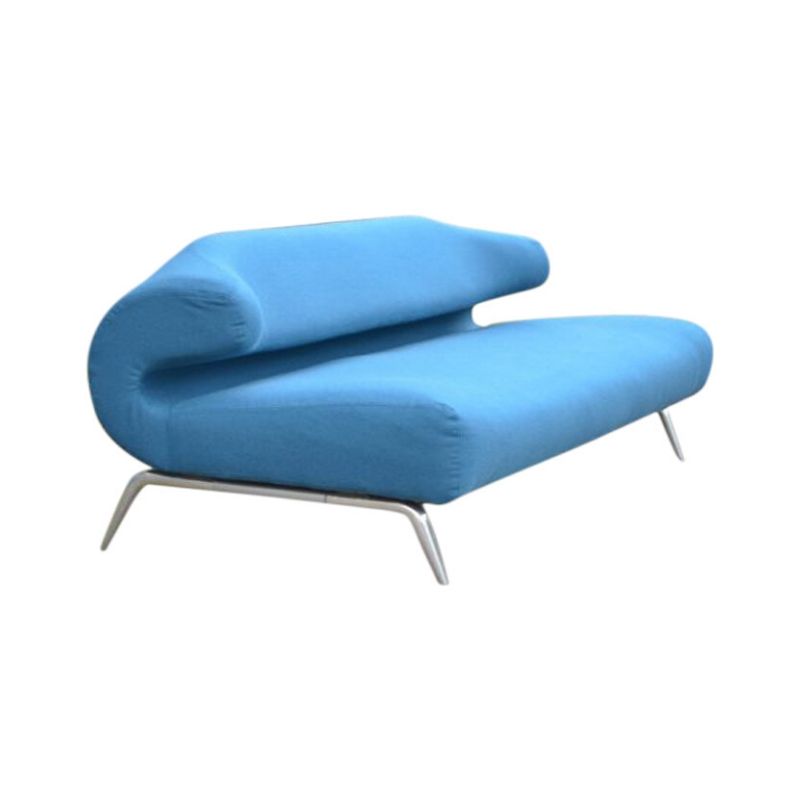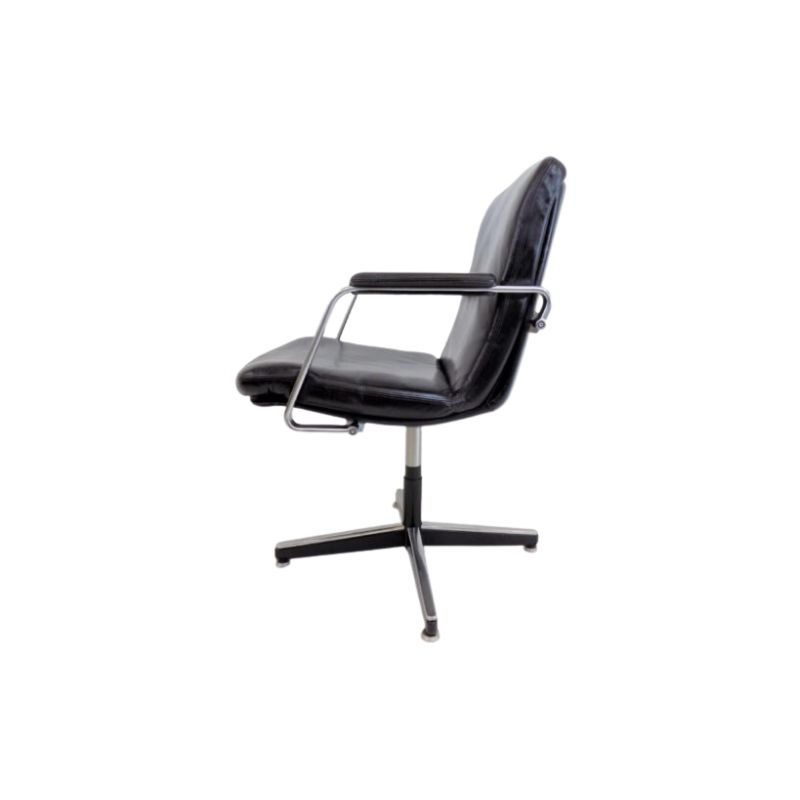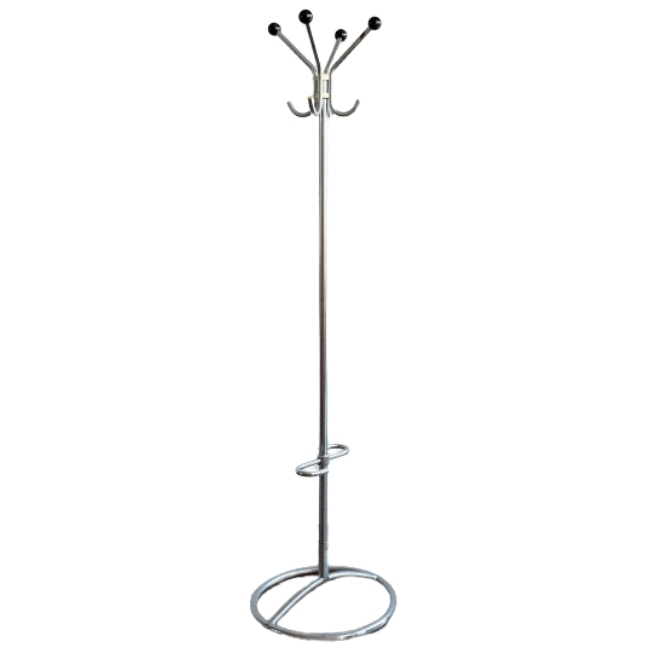What do you guys think -- should brass be polished or allowed to...accumulate patina. The sort of brass I'm talking about is naturally dark, with a satin finish -- like the brass portions of Nelson clocks (as opposed to bright brass, which I think should be kept polished). So anyway, what are the guidelines here? Is patina generally considered to be desirable here or not?
The link below is to the item that I'm considering cleaning up a bit. Just bought it today:)
I just judge it by the...
I just judge it by the piece, my folks like Edwardian stuff and its better left unpolished I think whereas my stuff I polish, you could allways clear coat it but that makes me uncomfortable, besides polishing is fun...though I'm sure it wasn't a sought after servants job!
Your guide
is the original design: was the piece made bright, or patinated ?
Lot's of Arts and Crafts-era pieces (for instance) lost their original patina (and most of their value) when they were polished by well-meaning owners or their employees.
All other things being equal, I expect most modern-era pieces to be brushed or clear-finished brass. . .
ITS BEST
to follow the original design esp in cases of expensive stuff.SDR knows and points out, the arts and crafts era & aesthetic movement was big/keen on many types of patinization.I allow much of my stuff dull down.The mid century 50s trend in general was bright shine and the 60s 70s was shine as well.
Thanks for the replies guys...
Thanks for the replies guys -- I tried using a bit of Brasso on the inside of the planter and, welp, it appears the things simply got a brass coating as I managed to rub it off on a small portion. So I'm leaving it. It's beautiful in some areas and hideous in other, more prominent, areas. C'est la vie. I guess when you brass-plate something, you kind of dictate whether or not it can be polished...
If you need any help, please contact us at – info@designaddict.com









